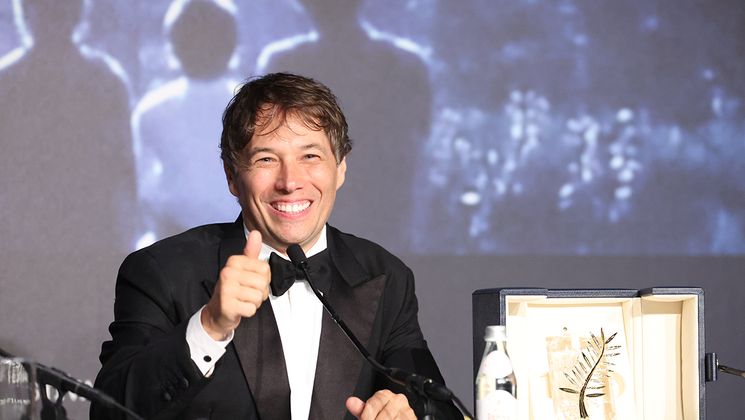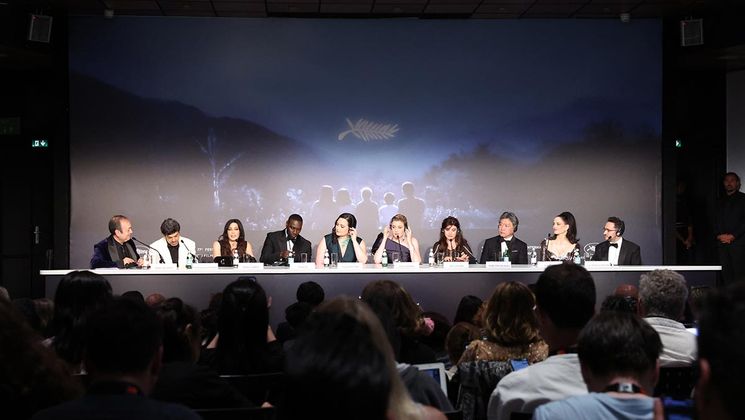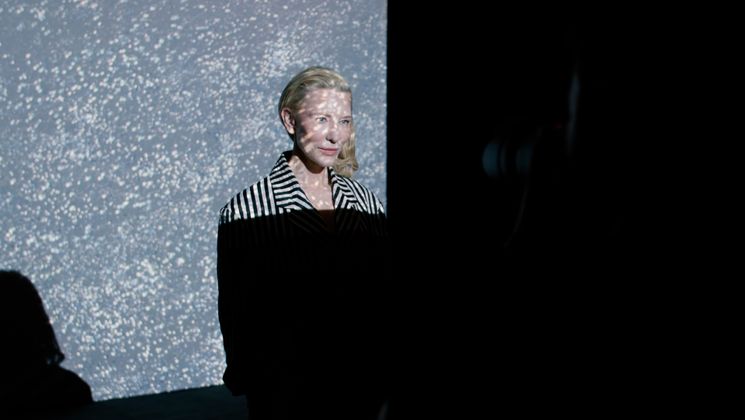
Retratos Fantasmas (Pictures of Ghosts), Kleber Mendonça Filho returns to Recife

After Bacurau, winner of the Jury Prize in 2019, Kleber Mendonça Filho revisits his hometown through the historical prism of the cinemas he once frequented. Based in part on personal archival footage, the documentary maker reminds viewers that these idyllic places, now closed, constituted an important time marker in the evolution of the moral fabric of Brazilian society.
How did this cinematic return to the city you grew up in come about?
I just had the simple desire to explore a place that inspires me. I don’t believe that ideas for films appear in a completely linear and organised fashion, even though the industry tries to format creativity. On the contrary, I believe that everything happens in a very personal and intimate way. In this regard, I’m always happy to see that one film can spring from another in an unexpected manner. The slow incubation of Retratos Fantasmas led me to write an important scene for my next narrative feature film O Agente Secreto, a thriller that takes place in Recife in 1977. Likewise, O Agente Secreto also led me to inject new ideas into Retratos Fantasmas.
When did you start hatching ideas for Retratos Fantasmas?
Seven years ago, while watching old videos I keep at home in my office on VHS, Betacam, and Hi8 cassettes, or on MiniDV. I always thought that one day I would use these personal files and records, which also contain photographs and audio recordings. I began to develop a few ideas and told myself that I could also shoot new video with more modern equipment. I began to film with my team in 2017 before the shooting of Bacurau. I started Retratos Fantasmas as a side project, with its own time frame.
“I just had the simple desire to explore a place that inspires me“.
What’s the history behind these personal files and records?
Certain scenes were shot more than 30 years ago in VHS and Super 8 while I was only a university student. For my final-year project at journalism school, I made a documentary about the cinemas in downtown Recife. I could quite well have made Retratos Fantasmas at this time since I was already aware that the remaining cinemas of the 1930s, 40s and 50s in Recife were soon going to close.
Where did the other archival footage you used come from?
For a number of the scenes, from the Cinemateca Brasileira in São Paulo. When this institution entered its dark period, by laying off personnel specialised in preserving films for example, I stopped my work there and turned to the Fundação Joaquim Nabuco, the filmoteca Alberto Cavalcanti of the municipality of Recife, and the Centro Técnico Audiovisual CTaV in Rio I also asked friends and acquaintances if they had family photos or films of downtown Recife and its cinemas. I realised that families are amazing archival resources, and that each one has a self-proclaimed archivist, an uncle, sister or daughter who takes care of photos and videos in a more or less organised manner.
The voice-over for the documentary is very soft. How did you find the right tone?
It came about as required by the editing process. While converting my personal cassettes to digital format, I wrote down some notes on what I was feeling. Immersing myself again in these videos was very moving. The editing work with Matheus Farias was a daily affair. He made me write and record the same night before the next day’s editing session. I used an inexpensive microphone attached to my telephone and recorded in my own office once the children had gone to bed and traffic had settled down. This method, sometimes accompanied by a couple of drinks, helped me endure the sound of my own voice!


